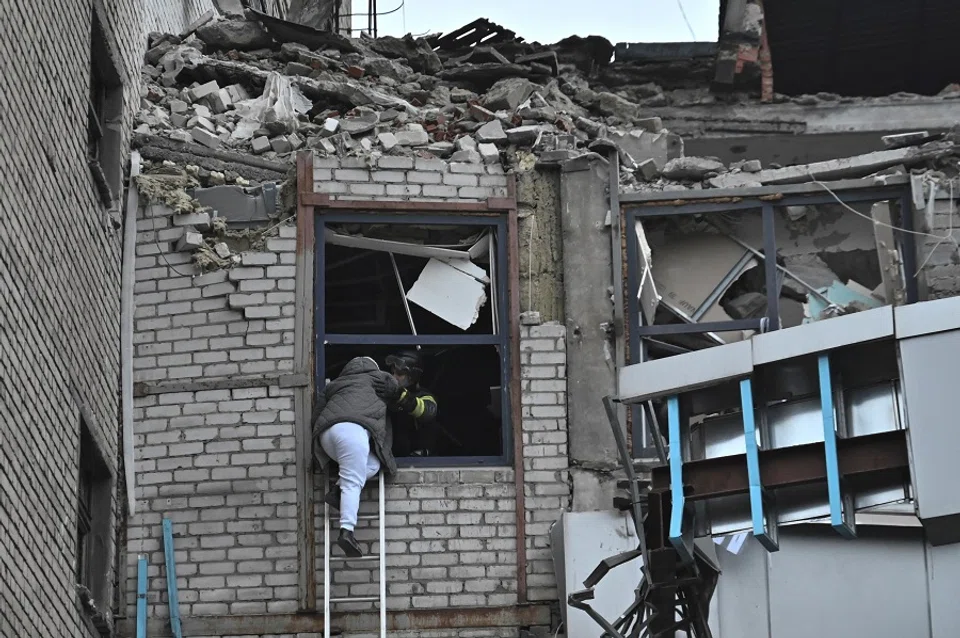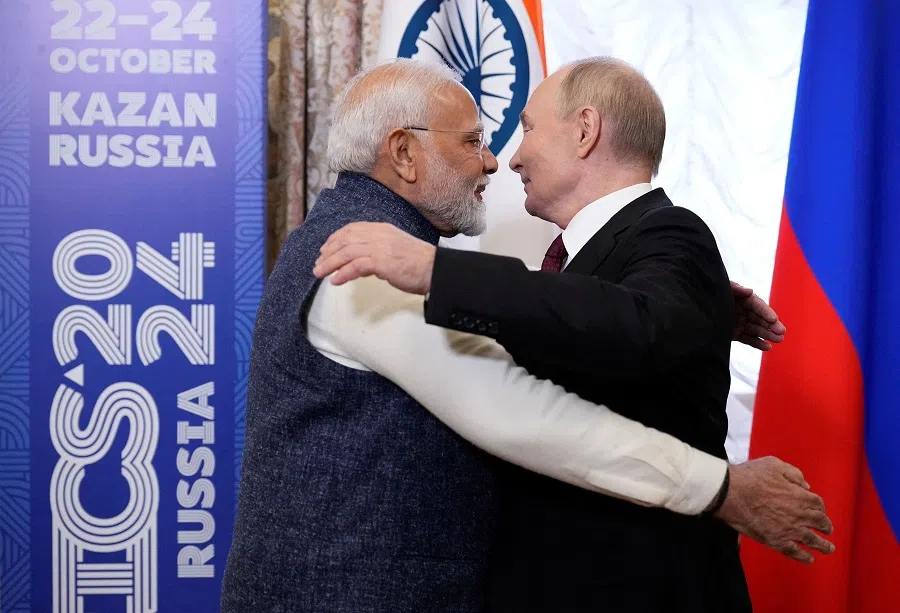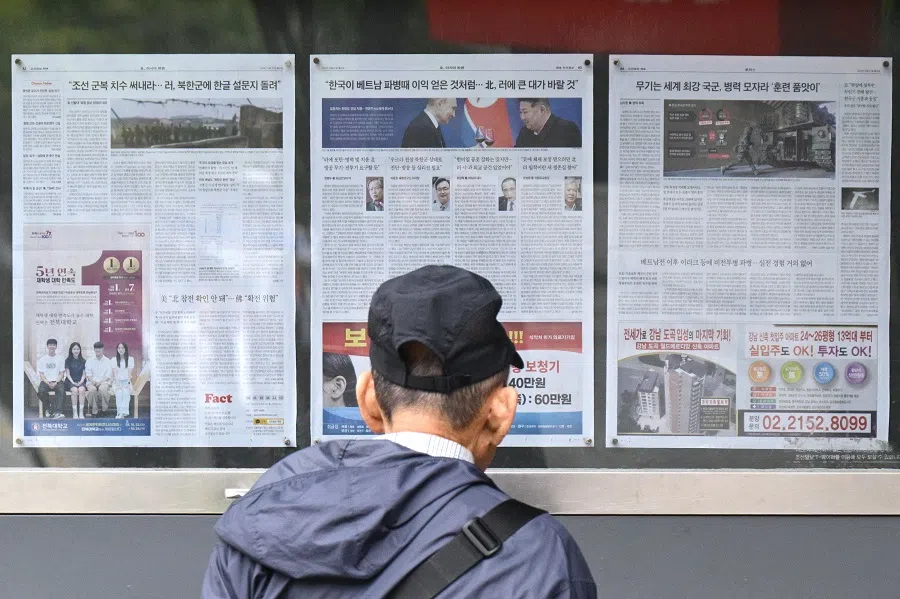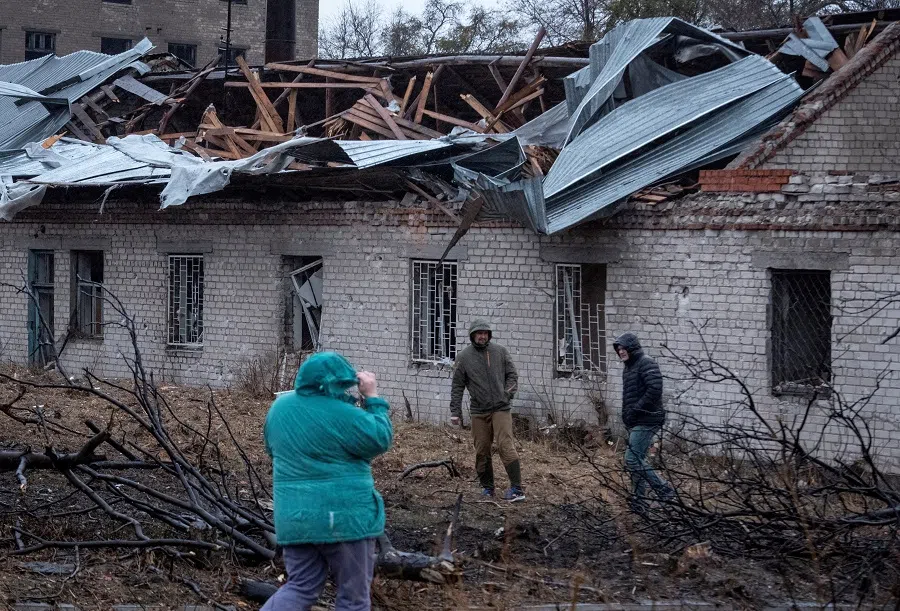Chinese academic: The Russia-Ukraine war is coming to an end
Could the protracted Russia-Ukraine war finally be coming to an end? According to academic Guo Bingyun, there are certain signs that this may be so. These signs include the rise of BRICS, North Korea’s entry into the war and Donald Trump’s strength and unpredictability.

As the Russia-Ukraine war soon enters its fourth year, a resolution is more hotly anticipated globally than an end to the ongoing conflicts in the Middle East or the simmering tensions in the Taiwan Strait and South China Sea. I think that a series of recent significant events indicate that the war is nearing its end.
Resumption of mutual visits between top leaders of India and Russia
Firstly, mutual visits between the top leaders of India and Russia have resumed. Following the outbreak of the Russia-Ukraine war, India suspended the annual reciprocal visits between their top leaders to avoid suspicion and reduce sensitivity. This suspension occurred despite the fact that India did not follow Western countries in sanctioning Russia, and dialogue mechanisms at various levels between both countries operated as usual. During this period, India’s Narendra Modi administration declined Russian President Vladimir Putin’s request to visit India.
However, Modi visited Russia and met with Putin from 8 to 9 July 2024 — a sensitive timing coinciding with the NATO summit — even though Western-imposed sanctions on Russia had not been lifted. Western media asserted that Modi’s visit to Russia highlights the West’s failure to isolate Putin. On 19 November, Kremlin Press Secretary Dmitry Peskov said that the dates of Putin’s visit to India will be announced soon.
Although the Kazan summit achieved little in terms of specifics on economic cooperation, it substantially alleviated public and diplomatic pressure on Russia resulting from the Russia-Ukraine war.

The resumption of mutual visits between the top leaders of both countries indicates that India-Russia relations, a key component of Russia’s diplomatic strategy, has returned to normal, significantly expanding diplomatic space. It also means that the impact of Western sanctions has greatly diminished.
The rise of BRICS
A second indication is the large-scale expansion of BRICS and its recent summit. BRICS, originally a dialogue mechanism aiming to improve the international economic order, initially comprised only China, Russia, India, and Brazil. Following two rounds of expansion, it has rapidly expanded to ten members.
South Africa joined in 2010, giving the mechanism representation from an African member state. While South Africa is the largest economy in Africa, its international influence is relatively limited, so this initial expansion was largely symbolic.
However, by the BRICS summit held in Kazan in late October 2024, the membership had grown to ten. Its new members Egypt, the United Arab Emirates, Iran and Ethiopia are all major energy powerhouses and significant players in the Middle East. Additionally, its 13 partner countries include Indonesia, Nigeria and Vietnam — all important nations with populations exceeding 100 million.
The primary goal of the new members and partner countries of BRICS is to seek economic benefits. Yet despite being well aware of the potential negative impact on Western nations, these countries are still willing to risk offending them by joining BRICS or participating in its meetings.
This indicates that BRICS has shifted from an economic mechanism to a political one, and also highlights a significant setback for Western sanctions on Russia. Although the Kazan summit achieved little in terms of specifics on economic cooperation, it substantially alleviated public and diplomatic pressure on Russia resulting from the Russia-Ukraine war.
The significant progress in Russia-North Korea relations and North Korea’s military aid to Russia does not just alleviate Russia’s urgent needs — its impact is also severely underestimated.
North Korea enters the scene
Thirdly, North Korea joined the Russia-Ukraine war. Since the outbreak of the war, Russia has been fighting alone against Ukraine, which received substantial aid from the West. After nearly three years of war, Russia, with its weakened economy and manufacturing sector, is faced with a bottleneck in its weapon supply. Meanwhile, major countries that share close ties with Russia, such as China and India, have been very cautious in their military and economic engagements with Russia to avoid crossing the red lines of Western sanctions.

Relatively isolated from international society, North Korea faces very limited consequences even if it openly provides military aid to Russia. In contrast, it stands to gain substantial rewards from Russia, such as strategic weapons. Under its “military-first politics”, North Korea’s military capabilities have long been overshadowed by its fragile economy. The significant progress in Russia-North Korea relations and North Korea’s military aid to Russia does not just alleviate Russia’s urgent needs — its impact is also severely underestimated.
Trump’s isolationist stance
Another indication is US President-elect Donald Trump’s victory in the 2024 US presidential elections. Amid intensifying China-US strategic competition, the incoming Trump administration is highly likely to improve US-Russia relations and halt the war in the Middle East and the Russia-Ukraine war to focus its energy and resources on containing China.
On 8 December, a day after a trilateral meeting with French President Emmanuel Macron and Ukrainian President Volodymyr Zelenskyy, Trump said, “There should be an immediate ceasefire and negotiations should begin. Too many lives are being needlessly wasted, too many families destroyed.” He wrote on his social media platform Truth Social: “Zelenskyy and Ukraine would like to make a deal and stop the madness.”
To help Ukraine gain more leverage in potential upcoming negotiations, German Chancellor Olaf Scholz made an unannounced visit to Ukraine on 2 December and pledged additional military support worth US$680 million to Ukraine. The US’s Joe Biden administration also announced a nearly US$1 billion aid package to Ukraine on 7 December.
Russia’s new ballistic missile
Lastly, Russia recently launched a new ballistic missile at Ukraine. Seizing the opportunity presented by these favourable conditions, Russia launched the new “Oreshnik” missile on the Ukrainian city of Dnipro on 21 November. Air raid sirens have again sounded in the Ukrainian capital of Kyiv after months of relative calm. Everything seems to have returned to the situation when the war first broke out.

Although some analysts claimed that Russia’s decision to fire its new missile at Dnipro — which has weaker air defence capabilities — instead of Kyiv is to avoid interception by the US missile defence system, it is more likely due to the following considerations. On the one hand, Russia is sending a signal to Western countries, warning them not to establish new dynamics in Ukraine before Trump takes office. Otherwise, the next step could involve Oreshnik missiles equipped with nuclear warheads.
On the other hand, as Trump is expected to promote negotiations between Russia and Ukraine after he takes office, Russia hopes to achieve greater victories on the battlefield to gain more leverage for the forthcoming negotiations. This is why Al Jazeera published an article asserting that this is a “milestone” in Russia’s war in Ukraine.
It is foreseeable that both sides will engage in a new round of intense conflict to gain the upper hand in ceasefire negotiations. As the saying goes, “The darkest hour is just before the dawn.”
A turning point in the Russia-Ukraine war
Major shifts in international relations, like those of World War II, are rarely single events but rather a confluence of factors. The nascent endgame of the Russia-Ukraine war is likely to follow this pattern. Renewed high-level exchanges between India and Russia, coupled with the expanded BRICS Kazan summit, have broadened Russia’s diplomatic options considerably.
North Korea’s entry into the Russia-Ukraine war both boosts Russia’s morale and also alleviates its weapon deficiencies. A second Trump presidency would severely undermine Ukraine’s position, potentially hastening the end of the war. Seizing the opportunity, Russia is launching a new missile at Ukraine to strengthen its position in anticipated diplomatic negotiations. Ukraine is doing the same.
On 17 December, Lieutenant General Igor Kirillov, chief of Russia’s Nuclear, Biological and Chemical Protection Troops, was killed in a bomb blast in Moscow. Some sources suggest that Ukrainian intelligence services were behind the assassination. It is foreseeable that both sides will engage in a new round of intense conflict to gain the upper hand in ceasefire negotiations. As the saying goes, “The darkest hour is just before the dawn.”





